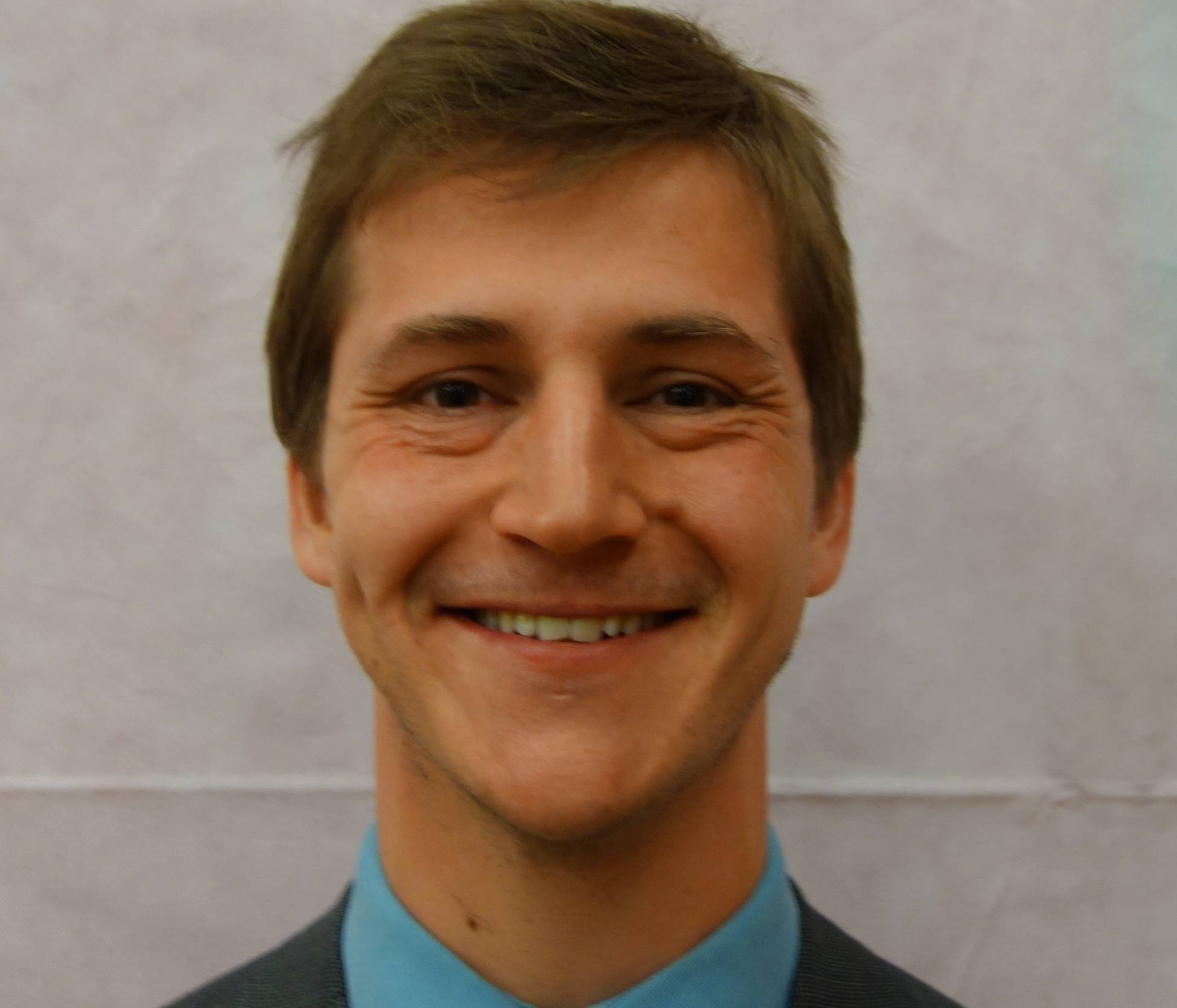
Steps to become an Age Friendly Calderdale, where people can live full, healthy and happy later lives, will be discussed at the Council’s Cabinet meeting on Monday 4 October.
This comes after the International Day of Older Persons on Friday 1 October, which the Council is proud to support.
The worldwide awareness day is celebrated by the United Nations every year. It recognises the valued contribution of older people in society and raises awareness of the issues they face.
The Council is encouraging local people to show their support on social media using the hashtag #AgeFriendlyCdale and, if they wish, posting a photo of themselves holding a statement saying ‘I support the International Day of Older Persons’. People of all ages are welcome to post any pledges they wish to make to help Calderdale become an Age Friendly Community, and to share their views on what age friendly means to them.
More than a third of Calderdale residents are aged over 50, and one in five is 65+ (an increase of almost a quarter over the last 10 years). By 2040 almost one in four people in Calderdale will be aged 65+.
At the Cabinet meeting on 4 October, Councillors will be asked to approve the objective to become a World Health Organisation Age Friendly Community; to agree for Calderdale to become a member of the UK Network for Age Friendly Communities; and to sign up to the Healthy Ageing Consensus Statement produced by Public Health England and the Centre for Ageing Better:
“For England to be the best place in the world to grow older, giving everyone the opportunities and support they need to have a healthy and good quality later life and making the best use of the strengths, skills and experience of older people.”
Cllr Josh Fenton-Glynn, Calderdale Council’s Cabinet Member for Adult Services and Wellbeing, said:
“Our Vision2024 for Calderdale is to be a place where everyone can achieve their potential. A great place in which to live, have a family and grow older. We have a long-standing commitment to enable people of all ages to live healthy and active lives, to remain independent, to do the things they love and make valuable contributions to their communities for as long as possible.
“Now we want to go a step further and officially show our support for inclusivity by becoming an Age Friendly Calderdale, where older residents help to shape the place where they live. Their experiences, stories and talents are incredibly valuable to us as we plan our services now and for future generations.
“Too often when we talk about older people and Council services, we talk about care, but we also want to focus on people being able to live active social lives as they get older. We want to engage with our older citizens to ensure they play a key role in shaping Council services and town planning.
“We also want to develop services and communities which will help people continue to live active and independent lives as they age. This includes plans for a dementia centre of excellence and a commitment to provide age-friendly homes.
“Becoming an Age Friendly Community is a joint effort. One of the ways people can start to get involved is by taking part in the International Day of Older Persons on 1 October. We would love to see as many pledges as possible.”
Age Friendly Calderdale would see the Council, residents, local groups and businesses working together to help people to age healthily, actively and safely, including making changes to transport, outdoor spaces, leisure, volunteering and employment. Older people will be at the heart of these changes, as their views will be sought on what they believe makes Calderdale age friendly. A new Age Friendly Alliance, made up of a range of local organisations, will drive this work and will be responsible to the Health and Wellbeing Board.
The aim is to make it easier for people to continue living independently in their own homes; to take part in the activities they value; and to remain an active part of their communities for as long as possible. This helps to improve health and wellbeing, reduce health inequalities and the likelihood of poverty.
ENDS
